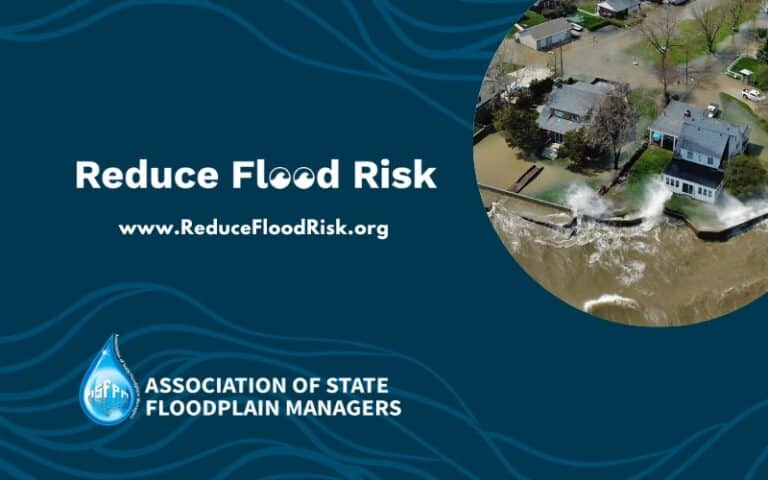Louisiana’s Insurance Crisis is a Climate Crisis

Stabilizing the Louisiana property insurance market requires addressing a root cause of the problems: growing climate risks. Short-term fixes or rolling back consumer protections will not address the fundamental challenge caused by the escalating risk of climate-related disasters.
The only long-term solution? Lowering our risk.
It’s nearly impossible to find someone in Louisiana not impacted by the insurance crisis. Insurance is becoming harder to find and difficult to afford. After Louisiana was hit by Hurricanes Laura, Delta, Ida, and Zeta, a dozen insurers became insolvent. Many others are choosing to leave. Those that remain have been raising prices, making it harder for people to stay in their homes. Over half of people trying to get a homeowners insurance policy last year had difficulty finding one. The state’s insurer-of-last-resort, Louisiana Citizens, grew over 400% between 2017 and 2022, becoming the third largest writer of homeowners policies in the state.
This is the insurance market sending us warning signs that climate risks are too high and, worryingly, only getting higher.
Experts warn that hurricane damages are growing, with storms becoming more likely to stall and maintain intensity post-landfall. In addition, the chance of multiple storms occurring in close succession is rising, as are risks of tidal flooding and storm surge. Louisiana, due to subsidence and sea-level rise, is losing 25 square miles of land each decade. Sea level rise is now “drowning” wetlands that would otherwise offer storm protection to communities further inland. Residents of Louisiana know better than most the realities of climate impacts.
These growing risks are breaking our insurance markets at the moment we need them the most. In the face of climate disasters, insurance is essential for households. A colleague and I found in our research that those with insurance have fewer unmet needs and financial burdens after a hurricane and that as more residents of a community have disaster insurance, it has spillover benefits to the local economy. Research has also found those with insurance are more likely to rebuild, and that insurance can prevent worsening inequality post-disaster.
Despite the importance of disaster insurance, it has always been challenging for the private market to provide at an affordable price. Since, in a disaster, entire communities are damaged at the same time and losses can be so severe, the basic model of risk pooling fails. And now, with growing disaster risk, the ability of the private market to provide policies that people can afford – or provide them at all – is being undermined.
There are additional compounding factors at this moment, such as higher rebuilding costs due to inflation and supply chain disruptions, as well as questionable business practices by insurers that left consumers at risk.
Nonetheless, there won’t be lasting relief in Louisiana’s property insurance market without dramatic investments in lowering risks and climate adaptation.
What does that look like?
First, we need to build stronger, including implementing and continuing to improve upon the updated 2021 building codes and increasing the number of homes built to the Fortified building standard. Building strong homes is better for the people in them—keeping them safer and reducing uninsured losses—and improves home values. Importantly, due to the lower risk, Fortified homes can also often obtain lower insurance prices and more firms are willing to offer these homes coverage.
Future losses can also be lowered by land use planning that takes careful consideration of climate risks. Improvements are needed in communication of changing risks to residents and housing market participants as well as expanded knowledge by all stakeholders about safe building. Louisiana should maintain science-based decision making under the Coastal Master plan and invest in nature-based solutions to protect communities and simultaneously provide an array of ecosystem services.
Insurance markets are currently warning us that communities are becoming uninsurable. Instead of debating measures that weaken consumer protections, let’s focus efforts on creating insurable communities that can thrive in the face of escalating risk. Making residents safer as the planet warms is the long-term path to stabilizing property insurance.
Republished from the Louisiana Illuminator under Creative Commons license CC BY-NC-ND 4.0. Louisiana Illuminator is part of States Newsroom, a nonprofit news network supported by grants and a coalition of donors as a 501c(3) public charity.

